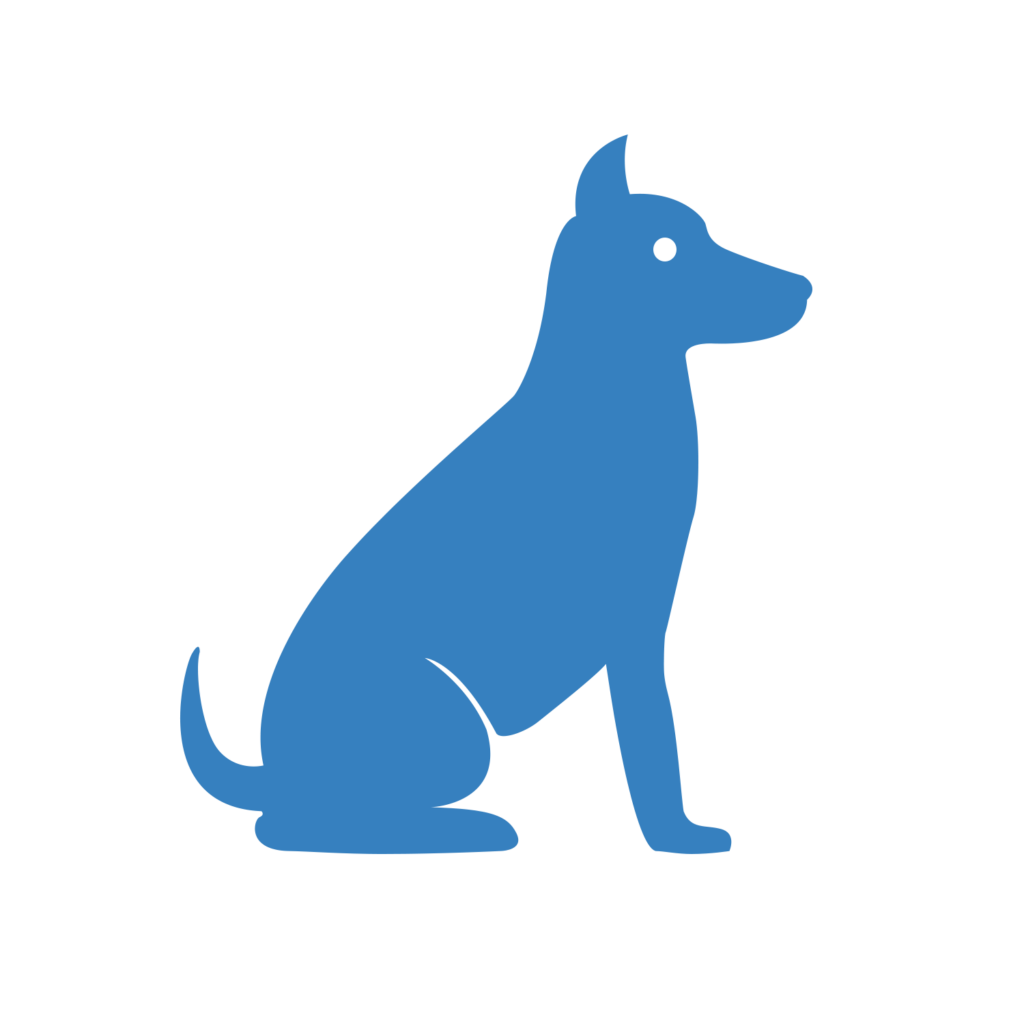

Craniomandibular Osteopathy (Lion Jaw)
Turnaround: 3-5 business daysTurnaround: 7-10 business days
Price: $45.00Price: £40.00
Breeds: Aussiedoodle, Australian Shepherd, Biewer Terrier, Cairn Terrier, Deutsch-Drahtaar, German Wirehaired Pointer, Jack Russell Terrier, Lancashire Heeler, Miniature American Shepherd, Miniature Australian Shepherd, Mixed Breed (Dog), Parson Russell Terrier, Russell Terrier, Scottish Terrier, Smooth Fox Terrier, Toy Australian Shepherd, Unspecified, West Highland White Terrier, Yorkshire Terrier
Description
Craniomandibular Osteopathy (CMO), also known as “Lion Jaw,” is an autosomal recessive disorder predominantly found in West Highland White Terriers, Scottish Terriers, and Cairn Terriers. This disease also occurs sporadically in other breeds, such as Australian Shepherds, Boston Terriers, Boxers, Doberman Pinschers, Great Danes, Labrador Retrievers, Lancashire Heelers, Parson Russell Terriers, and others. CMO is characterized by excessive bone growth in the lower jaw, which eventually recedes by one to two years of age. Although the disease can eventually regress or recede completely, it can be so painful that some dogs are euthanized to maintain quality of life.
Signs of CMO are typically noticed around the time that the dog is four to seven months old, although there are records of the disease appearing both as early as three to four weeks old and as late as nine to ten months. Signs include difficulty or pain opening the mouth, difficulty eating or chewing, often associated with a loss of appetite, fever that comes and goes, bulging eyes due to skull swelling, swelling in jaw and excessive drooling.
Once the above signs have been noticed, veterinarians can confirm CMO after a radiograph of the skull. Tenderness and fever recur every two to four weeks during the bony proliferation phase, as the bone attempts to heal itself. CMO can typically be managed with pain relievers and anti-inflammatory drugs, although there is no immediate cure. Even after “growing out of it,” some dogs can have a larger than normal jaw and will have difficulty chewing for the rest of their lives. In these cases, surgery may be an option to repair the jaw enough to improve quality of life. In other cases, pain management is ineffective and owners elect to euthanize their dog due to the amount of the pain the dog is in.
CMO is an autosomal recessive disorder. This means that a dog must inherit two copies of the mutation in order to present symptoms of CMO. A dog with one copy of the mutation is known as a carrier and has a lesser chance of presenting symptoms. If two carriers are bred to one another, there is a 25% chance per puppy born that they will develop symptoms of CMO and a 50% chance per puppy born that they will also be carriers of CMO. Although CMO eventually recedes or resolves entirely, the best way to manage CMO is through prevention. Genetic testing can reveal the likelihood of a dog developing CMO and can inform a breeder of major health concerns.
Possible Results
| Genotype | Description |
|---|---|
| CMO/CMO | High Risk: Dog carries two copies of the mutation associated with Craniomandibular Osteopathy and is at a high risk for developing the disorder. A mutated copy will be passed on to all offspring. |
| n/CMO | Low Risk: Dog carries one copy of the mutation associated with Craniomandibular Osteopathy. The dog is at low risk for developing the disorder but may pass the mutated copy to offspring. |
| n/n | Clear: Dog is negative for the mutation associated with Craniomandibular Osteopathy. |
Reference
Molecular Characterization of Three Canine Models of Human Rare Bone Diseases: Caffey, van den Ende-Gupta, and Raine Syndromes.
Hytönen MK, Arumilli M, Lappalainen AK, Owczarek-Lipska M, Jagannathan V, Hundi S, Salmela E, Venta P, Sarkiala E, Jokinen T, Gorgas D, Kere J, Nieminen P, Drögemüller C, Lohi H. PLoS Genet. 2016 May 17;12(5):e1006037. doi: 10.1371/journal.pgen.1006037. eCollection 2016 May. [PMID: 27187611]